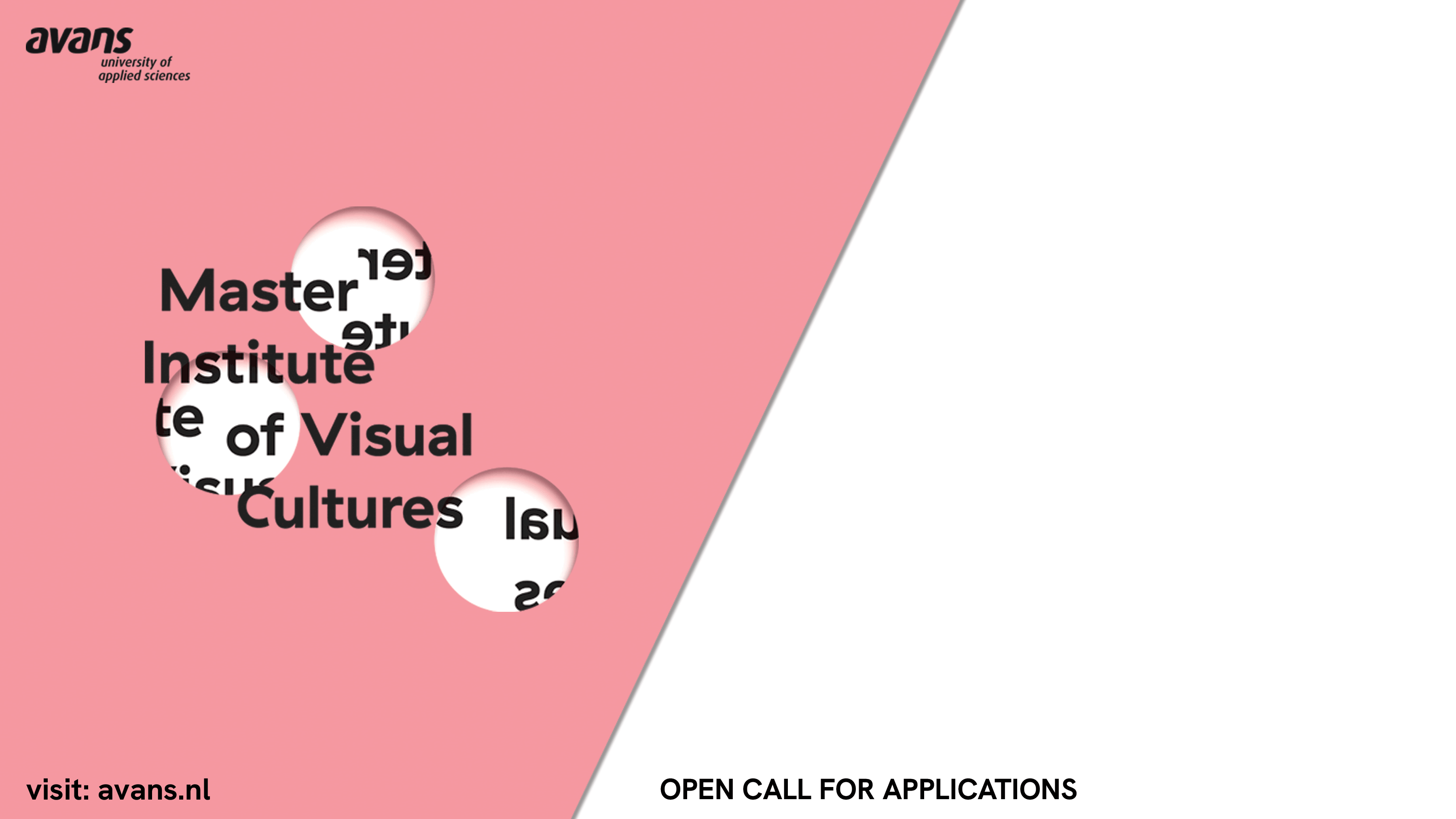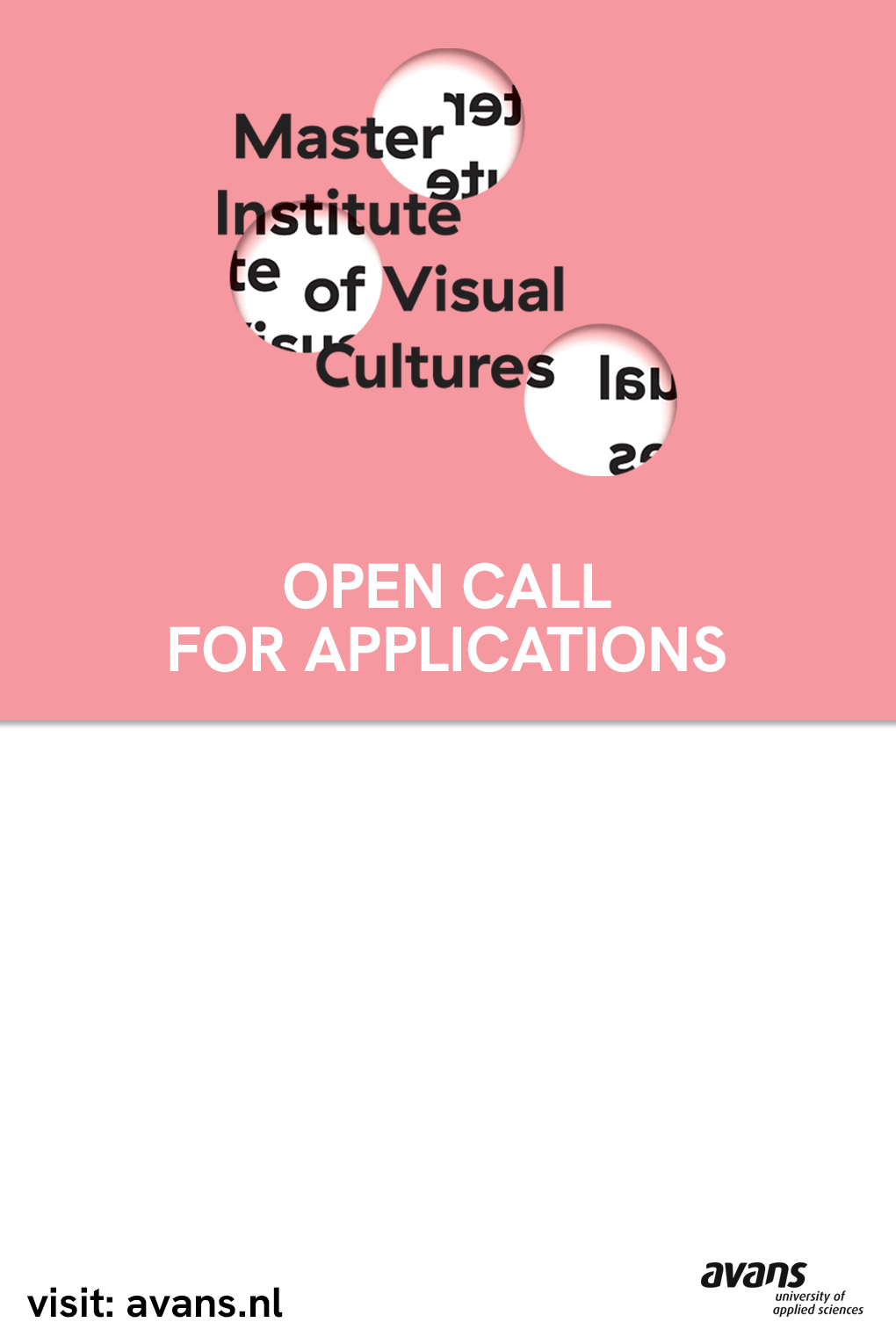The aesthetics of political engagement has become common currency within artistic production and discourse, and the abundance of works and exhibitions now announcing themselves as politically charged are often criticized for their distance from actual social forces outside art. While institutional critique successfully identified certain parallels between these forces and the workings of art institutions, it seems that this has simply given way to a more nuanced (and however richer) discourse for understanding the way power operates within the micro-economy of art itself. Through this, a collective desire for some form of rupture within art has come to constitute an economy of precious theoretical objects all its own—judged and appraised by their capacity to symbolically dismantle the current regime.
If we invert the claims of institutional critique by acknowledging that the actual political operations of governments, states, and judicial bodies are themselves severely limited by their own symbolic economy of signs, gestures, rituals, and purely speculative actions, then for politically engaged art, this would mean that the romantic attraction to the feeling of a police baton striking one’s head can be taken as shorthand for a simple desire for artistic material to be charged with a certain immanence—and this is less a matter of subverting dominant paradigms than of identifying what is immediately necessary. And this in itself has produced some fascinating situations in which art has completely surpassed the limits of what institutions can contain.
Continuing his series revisiting influential pieces of art writing, Simon Sheikh revisits Lucy Lippard’s “Trojan Horses: Activist Art and Power” at a time when a great deal of art in heavy circulation is concerned with politics. But where the Trojan Horse signified a way for activist art to enter art’s stronghold in the guise of an aesthetic object, one can now speculate upon how politically engaged approaches have become the precious objects that guarantee entry into the museum. The question would then be: what do these forms release from their bellies once night falls?
Nina Möntmann looks at Martha Rosler’s If You Lived Here…, the massive and controversial three-part exhibition and discursive series organized by Rosler in 1989 to investigate the causes, effects, and possible solutions to the problem of homelessness. Möntmann reads what was then taken to be a polemical activist infiltration of the art institution as something that can now be understood as a far more multifaceted and radical destabilization and reconfiguration of the space of art itself, as well as a forerunner to the many spatially conscious, concrete, and socially engaged approaches that soon began to emerge in and around the art establishment in the 1990s.
What happens when the Trojan Horse travels both ways? As a result of a provision requiring that a percentage of any publicly funded project in Holland be used towards the production of art, the Dutch secret service “hired” Jill Magid for the job. The choice was clear: Magid often assumes the role of a secret agent in order to produce works that expose the institutional mechanisms and technologies that govern civic life. In many cases, she has done this by appealing to the humanity of institutional officials and operatives, and a number of Dutch secret service agents were themselves seduced by the sympathy of her approach to their own practices. However, the project went on to take a peculiar turn when the secret service determined that there was indeed a conflict of interest in inviting a “double agent” such as Magid into the inner sanctum of national security under the ethical imperative of rendering it transparent to the public. In this way, the project came into direct contact with a curious threshold between notions of transparency and secrecy in a public institution whose very existence hinges upon a curious and unstable alchemy of the two.
In “Subjects of the American Moon: From Studio as Reality to Reality as Studio” François Bucher deploys conspiracy theory as a critical tool for reading the transformation that took place when the cinematic image was replaced by the live broadcast. Marked by the broadcast of the 1969 moon landing, the performative image that announced itself as such (cinema) became a document of reality that controls its viewers by concealing its own production. The suspicion generated by images whose very technology proclaims “reality” inevitably produces conspiracy theories as a means of locating a form of truth through an ability to read the image.
And the ability to read and write is critical for determining whether an individual produces reality or simply receives it. Dovetailing from his essay “Art and Literacy” from issue #3, the first of Luis Camnitzer’s two-part series considers how literacy education can determine the degrees to which one is able to code and decode the world around them, especially when, from the very earliest stages, “alphabetization” functions as a subtle form of indoctrinating subjects as receivers of meaning rather than producers: “Instead of being guided in a search to name unnamed things, I was forced to learn the names of known things.”
Academy, Asperger, Esperanto, Freud, and the Secession all overlap in Sean Snyder’s continuation of his last “self-interrogation.” Travelling and watching the news, giving talks and making work, Snyder simply finds enough information circulating through the art world as real world as art world as real world to render the borderlines of institutional protocol completely irrelevant.
—Julieta Aranda, Brian Kuan Wood, Anton Vidokle


